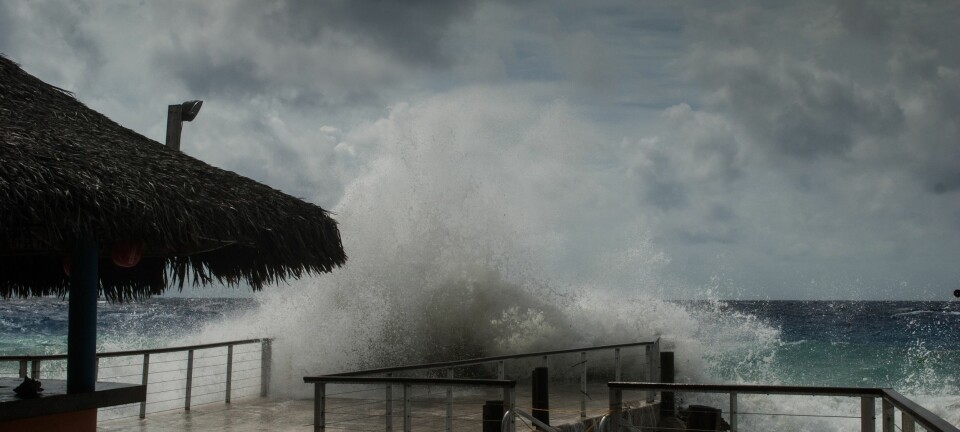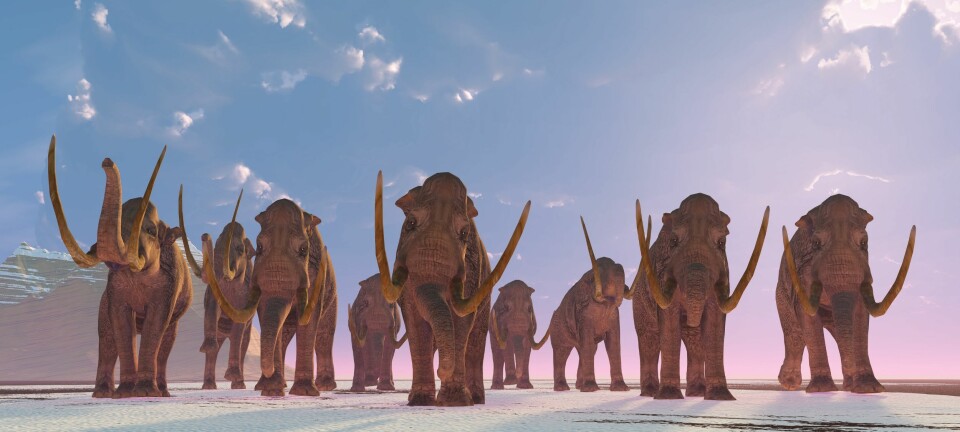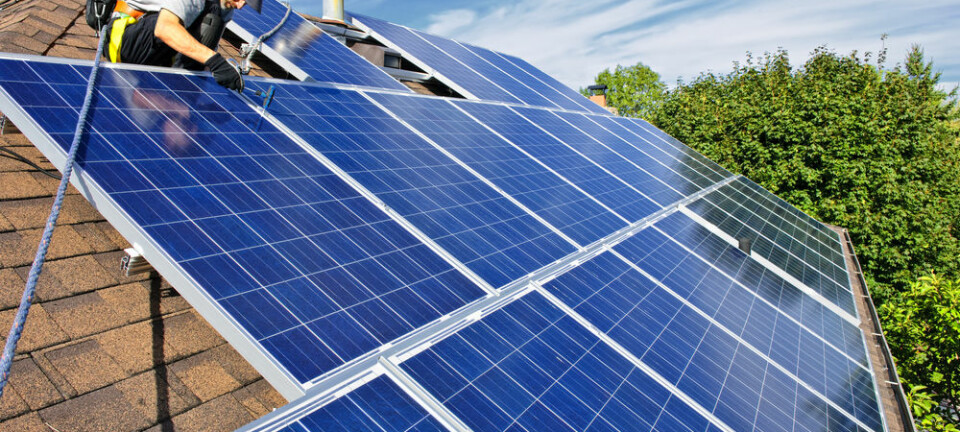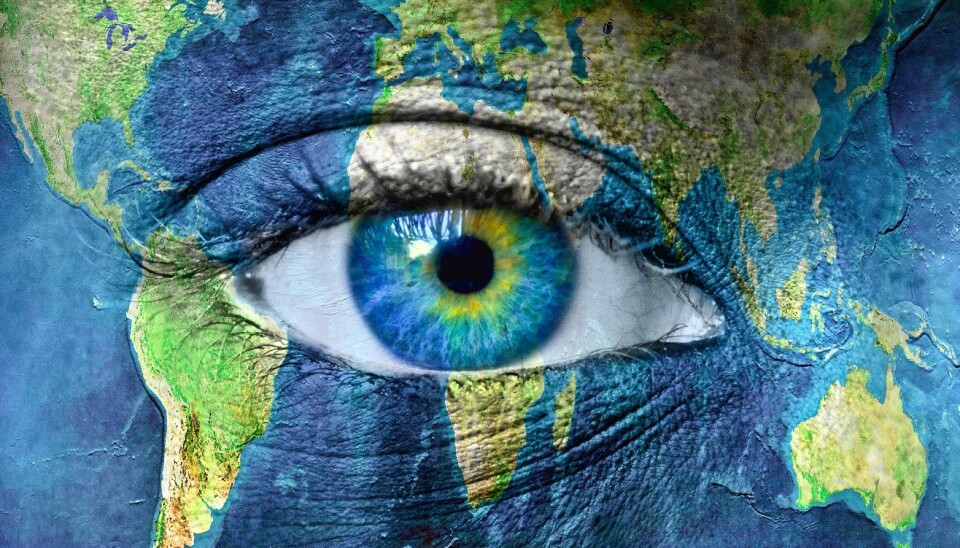
What will our climate look like in 2050?
Knowing that we have the power to influence global climate is enormously important when trying to imagine what our climate might look like in 2050. To a large degree, it will depend on actions our leaders take now and in the immediate future.
What kind of a climate we will experience in 2050 is something we, to a large degree, are actually in the process of deciding.
There are, of course, still some people who do not “believe” in human-caused climate change. Their reasons for this are usually justified by two arguments: The Earth’s environment goes through natural cycles and humans cannot change those cycles. Indeed, variations on this line of reasoning are found daily in social media and other news outlets.
The first of these arguments is true--at least to a degree. The Earth’s environment certainly has different states and, at various times in its history, the Earth has both been much colder and much warmer than it is today. In periods, the Earth’s environment has also apparently “cycled” between different states, for example between ice and non-ice ages. On much shorter time scales, we see oscillations between El Niño and La Niña events.
However, the second argument is demonstrably wrong. Human activities are, without a doubt, influencing not only the global climate system but also several other global processes, which are important for establishing and maintaining the environment on Earth now and in the future.

It is this recognition of our ability to alter processes at the planetary level that causes many to refer to the current period of Earth history as the Anthropocene, meaning the “period of humankind”. And knowing that we have the power to influence global climate is enormously important when we want to imagine what our climate might look like in 2050.
Read More: More extreme warm days in a warmer climate
Climate in 2050 largely depends on us
The famous quip “prediction is very difficult – especially about the future” is ever more appropriate when we want to predict future Earth conditions as the climate in 2050 will depend, to a very large degree, on decisions we make now and in the immediate future.
Climate is controlled by how much of the Sun’s heat energy arrives at, and remains near, the Earth’s surface. Scientists tell us that we can expect no major changes in heat arriving from the Sun for many thousands of years to come. So the changes we will see in climate from now until 2050 will mostly be related to how much of the arriving heat stays here.
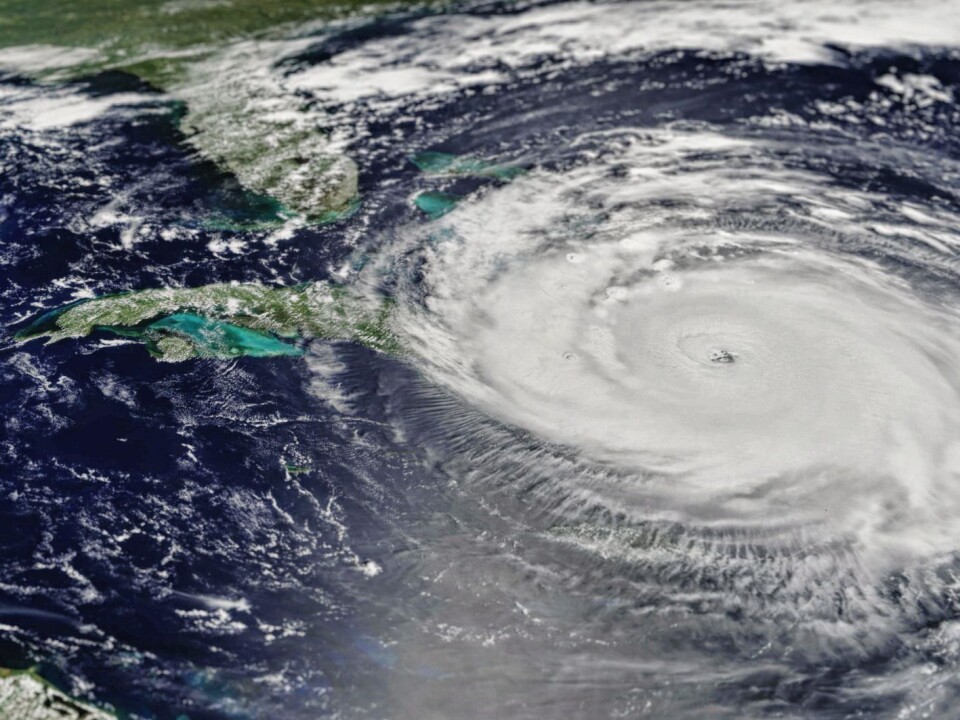
This is where our greenhouse gas (GHG) waste (“emission”) becomes important. The greater the concentration of these gases in the atmosphere, the more heat is retained near the Earth and the higher the global average temperature will be.
Read More: What makes the climate change? Part one
How hot could it get?
Global political leaders have agreed (the Paris Climate Agreement) that we, the global community, will reduce our GHG emissions to the point that human-caused global warming will never raise the average annual global air temperature by more than two degrees Celsius above those at the beginning of the Industrial Revolution. Even if the voluntary emission reduction goals announced by almost all countries at the signing of the Paris Agreement were to be met, however, human-caused global warming is estimated to reach around three degrees.
Of course, it is possible for countries and for all of us (!) to adopt even more ambitious goals. If we do so, then many scientists believe that it is still possible to keep global warming within two degrees. The chances of meeting this goal are, however, quickly waning--a recent scientific report suggests that there is only about a five per cent chance of restraining global warming to within two degrees.
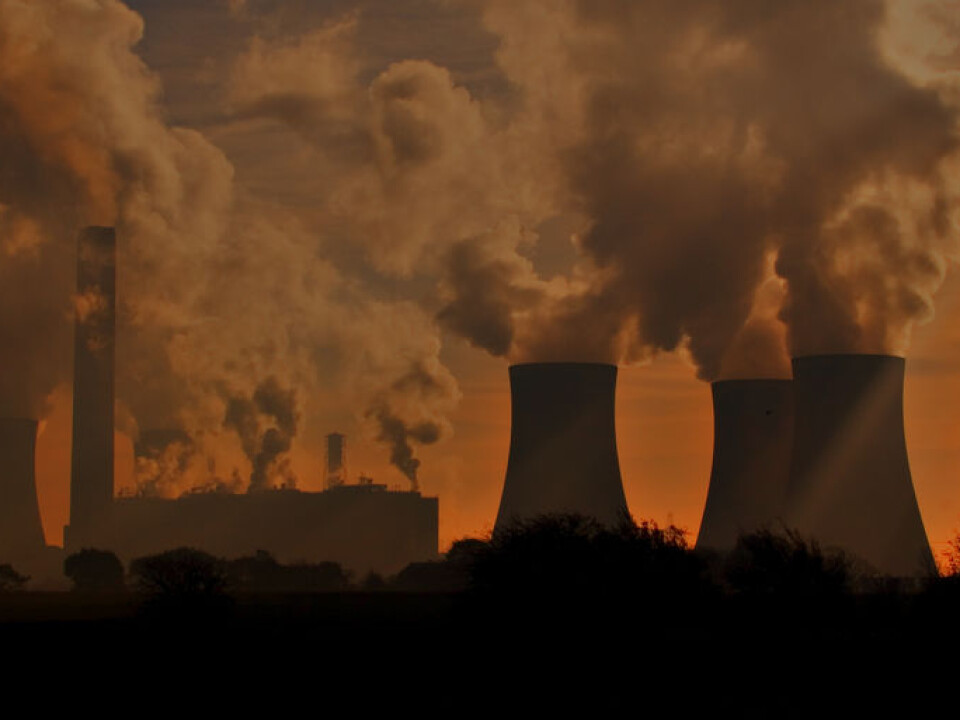
Furthermore, if we really are to retain human-caused global warming to within 2 degrees, we need to act quickly. We can calculate approximately how much GHG we can release to the atmosphere and still maintain the human-caused global temperature increase to within 2 degrees. We call this our GHG “budget” and we are fast using that budget. Many argue that the absolute amount of GHG released per year must begin to decline within about 3 years in order to meet the 2 degree target.
Read More: COP21: What does two degrees Celsius global warming look like?
What if we do not meet the two degrees target?
But if the two degree target is not met, what then?
The Intergovernmental Panel on Climate Change (IPCC) applies a range of scenarios making different assumptions regarding the global community’s ability to reduce GHG emissions to a collection of global climate models to project what global average temperatures might be in 2100. In some ways, it is a pity that the IPCC projections stop in 2100 as this might give the false impression that the effects of global warming will be fully felt by 2100. In fact, adjustments in the Earth system in response to the increased heat energy stored will go on for centuries. Ice, for example, will continue to melt and sea levels continue to rise well beyond 2100.
If we do no more than we are doing today to reduce GHG emissions, the IPCC projects that temperature in 2100 will be up to approximately five degrees higher than it is today. The model results generated when the different scenarios of emissions reduction are applied should not, however, be interpreted as predictions of future temperature at any given time or place but they do provide estimates of the approximate magnitude of emissions reduction necessary to restrain human-caused global warming to within different limits.
Read More: Seven tips to cut your CO2 emissions
Assessing the risk of temperature change
There is, of course, uncertainty associated with the IPCC temperature projections. We can use this uncertainty to tell us something about the risks we are facing if we continue our emissions. For example, even at today’s greenhouse gas concentrations, the IPCC identifies a 1.6 percent chance that the Earth will warm by six degrees above the pre-Industrial level.
One-point-six per cent does not sound like much but, if we were to accept a 1.6 percent chance of airplanes crashing, we would accept approximately 1,500 airplanes crashing every day! What’s more, modern humans have never experienced a five degree warmer world and, after hundreds of years, when the ice caps have melted, that much global warming would likely lead to a sea level rise of more than 40 metres.
Read More: Scientists: Three years left to reverse greenhouse gas emission trends
The Earth will still be warming in 2050
So, the Earth will be warmer in 2050 than it is today and it will still be warming. As noted above, it takes a long time for the Earth’s system to adjust to the changes in its energy budget that increased GHG concentrations imply. That means that, even if we stopped all greenhouse gas emissions today, air temperature would continue to increase for decades.
How much warmer the Earth will be in 2050 is, then, to some extent up to us. Experience from recent years, in which air temperatures have steadily been increasing, has given us the contours of what warmer temperatures will mean for the climate we might expect in 2050.
Even if the goals of the Paris Climate Agreement are met, by 2050 we will globally be looking at heat waves that are dangerous for human health, changes in patterns of rainfall and snowfall, more intense storms, and changes in the distribution, and even extinctions, of various plants and animals--including human pathogens.
Read More: Four big changes in the Arctic and what to do about them
Warming will be felt differently around the world
Crucially, warmer global temperatures will play out differently in different regions of the world.
For Africa, where populations are growing faster than anywhere else, they will mean increasingly large areas plagued by drought [and the potential mass migration of people no longer able to grow food locally and find water.
In Northern Europe, they will mean warmer winters but also more rain, an increasing number of cloudbursts, stronger storms, and changes in the nature around us. Some already wet agricultural lands will become too wet to farm and sea level will continue to rise.
Coastal regions will be eroded, washing buildings and other infrastructure out to sea and leading to higher insurance premiums.
That such changes will characterise the climate in 2050 is almost without doubt. The question is really only the degree of these changes, and that is something that we—ourselves—can decide.
---------------
Read this article in Danish on Forskerzonen, part of Videnskab.dk.

